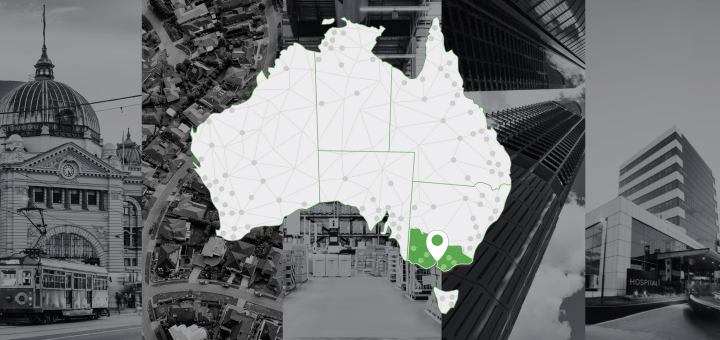We first published this blog in 2017, just after we had finished working with a number of local councils to help them secure funding for local community development projects. Reflecting on the submissions that were successful (and those that weren’t), our economic consulting team analyse what gave the winning submissions an edge.
Applying for the 2019 round of BBRF funding? You might find these resources helpful:
2017: Earlier this month, the Federal Government announced the first round of funding under the Building Better Regions Fund – a program designed to create jobs, drive economic growth and build stronger regional communities into the future.
In total, 110 grants worth a total $219.5 million were announced in the first round of funding; 61 of which were from the local government sector.
Many of these councils subscribe to oursuite of tools for local government and our consultants were engaged by a number of these councils to help develop a compelling business case for funding to accompany the applications.
Hallmarks of success
Ultimately, the ministerial panel who considered the applications awarded funding on the basis of economic and social benefit, value for money and project delivery criteria. However, these criteria simply set the ‘benchmark’ for an application. We asked our consulting team (who worked with a number of councils to develop applications), what made applications exceptional?
Quantifying outcomes
The feedback for applicants document released with the funding announcement clearly defines the evaluation criteria that was used to assess applications.
Economic benefit and social benefit criteria accounted for 70% of the weighting used to evaluate the merits of each application. Other criteria, such as ‘Value for money’ required a clear rationale as to why the project would be diminished without grant support.
The take out? Unsurprisingly, quantifying the forecast benefits of a project is essential.
Building the story
With so many applications, creating context is vital. Transforming a series of charts and tables into a narrative that tells a story of place, of change and of regional context isn’t easy, but it’s important. We’ve written previously about the power of storytelling to relay complex ideas and information.
Of the applications we worked on, those that were successful all had clear and compelling narratives about the interrelationships between the attributes of their place, their people, and their industries.
“Our community is youthful, but pockets of disadvantage have emerged, as evidenced by disengaged youth in areas x, y and z. We’re seeing lots of people leaving the area to work elsewhere, which is straining our transport infrastructure. We’ve also seen a downward trend in tourism, which has historically been a cornerstone of our economy, yet the tourism industry has grown nationally, so we’ve identified it is a local issue.”
Our online tools are designed to support these kinds of narrative with detailed, local insights. However, for the occasional user, the volume of information can be overwhelming, and it can be hard to extract the story.
So we’re creating a cheat-sheet.
Grant application cheat-sheet
While we have some serious super-users in councils across Australia, the most experienced users of our local government tools are our own consulting team. As economists working for both local government and private sector clients, our consulting team understand the questions that need to be answered when developing compelling stories of people, industries, and places. As such, they are central architects in the development of our online tools – in particular, the economic modeling tools within economy.id.
I sat down with our consultants this week and asked them to lay-bare the methodology they used to develop the applications that were successful in the first round of the BBRF. In the coming weeks, we’ll be using this information to provide you with a grant application cheat-sheet you can use to get the most out of our online tools and create successful grant funding submissions.
We’ll specifically show you the exact tables, charts, and tools we recommend using to tell a compelling story in grant applications. Think of it as your tour guide, as you dig-in to the swathes of information available to you – We’ll provide you with a user-friendly framework (not a template).
Update: we’ve now published this guide! Visit our blog to preview the grant application framework, or get straight to it and download the complete grant application guide, with step-by-step instructions for each step of the framework, to help you find the right data and craft a compelling narrative.
The story of your community can only be told by combining your local knowledge with the evidence base available in these tools. But we’re confident that once you’re in there, you will uncover the story that brings your application to life. Stay tuned.
.id is a team of demographers, urban economists, spatial planners, population forecasters, and data experts who use a unique combination of online tools and consulting to help governments and organisations understand their local community. Access our free economic resources to help profile your local economy.
Also published on Medium.









